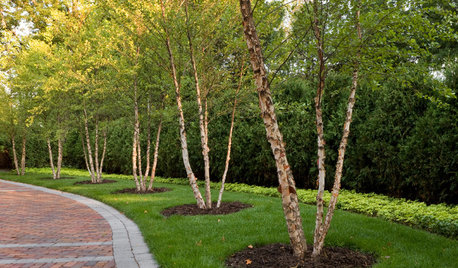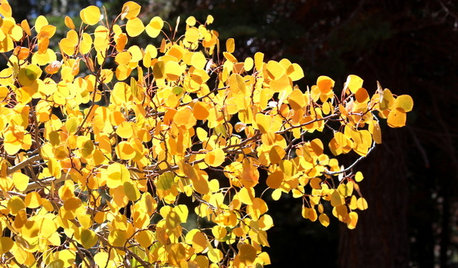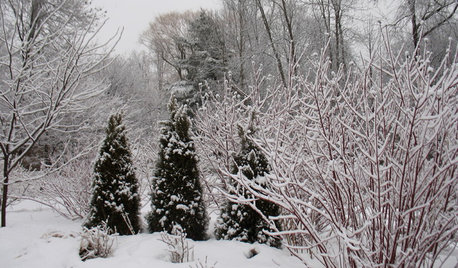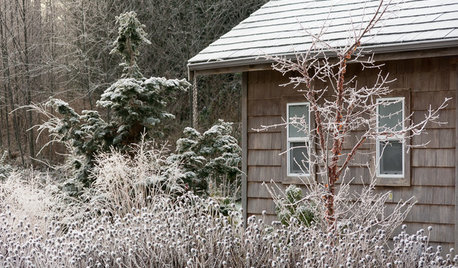Coral Bark Maple dying
tom2009
13 years ago
Related Stories

TREESGreat Design Plant: Coral Bark Japanese Maple, a Winter Standout
Go for garden gusto during the chilly season with the fiery red stems of this unusual Japanese maple
Full Story
GARDENING GUIDES12 Japanese Maples for a Sunny Garden
The right maple in the right place shines in hot summer sun
Full Story
TREES11 Japanese Maples for Breathtaking Color and Form
With such a wide range to choose from, there’s a beautiful Japanese maple to suit almost any setting
Full Story
GARDENING GUIDES13 Japanese Maples for Shade
A surprising variety of these understory trees is waiting to make a statement in your shade garden
Full Story
LANDSCAPE DESIGNGreat Design Plant: River Birch
Pick this rugged native tree for its intriguing peeling bark, soil adaptability or leaves that bring dappled shade to a garden
Full Story
LANDSCAPE DESIGNGreat Design Plant: Quaking Aspen for 3-Season Beauty — on Its Own Turf
It offers bright fall foliage, snowy winter bark and lush green leaves in summer. Just don't try to plant quaking aspen away from its home
Full Story
NORTHEAST GARDENINGNortheast Gardener's December Checklist
Wildlife and evergreens provide plenty of winter interest, but barer views offer their own benefits for gardens
Full Story
WINTER GARDENINGLook Beyond Plants for a Wonderful Winter Garden
Use sculptures, fences and other structures to draw the eye to a bare-bones landscape
Full Story
GROUND COVERSGround Force: 10 Top Ground Covers for Your Garden
Protect your soil from weeds and drought this summer with a living mulch of ground covers
Full Story
SIDE YARD IDEASNarrow Trees for Tight Garden Spaces
Boost interest in a side yard or another space-challenged area with the fragrance and color of these columnar trees
Full StoryMore Discussions








Embothrium
gardengal48 (PNW Z8/9)
Related Professionals
Arlington Landscape Architects & Landscape Designers · Azalea Park Landscape Contractors · Bound Brook Landscape Contractors · College Park Landscape Contractors · Hilo Landscape Contractors · Manhattan Landscape Contractors · New Braunfels Landscape Contractors · Ronkonkoma Landscape Contractors · St. Louis Landscape Contractors · View Park-Windsor Hills Landscape Contractors · Welby Landscape Contractors · 07920 Landscape Contractors · Libertyville Fence Contractors · Orange County Fence Contractors · Sioux City Fence Contractorstom2009Original Author
gardengal48 (PNW Z8/9)
botann
Embothrium
buyorsell888